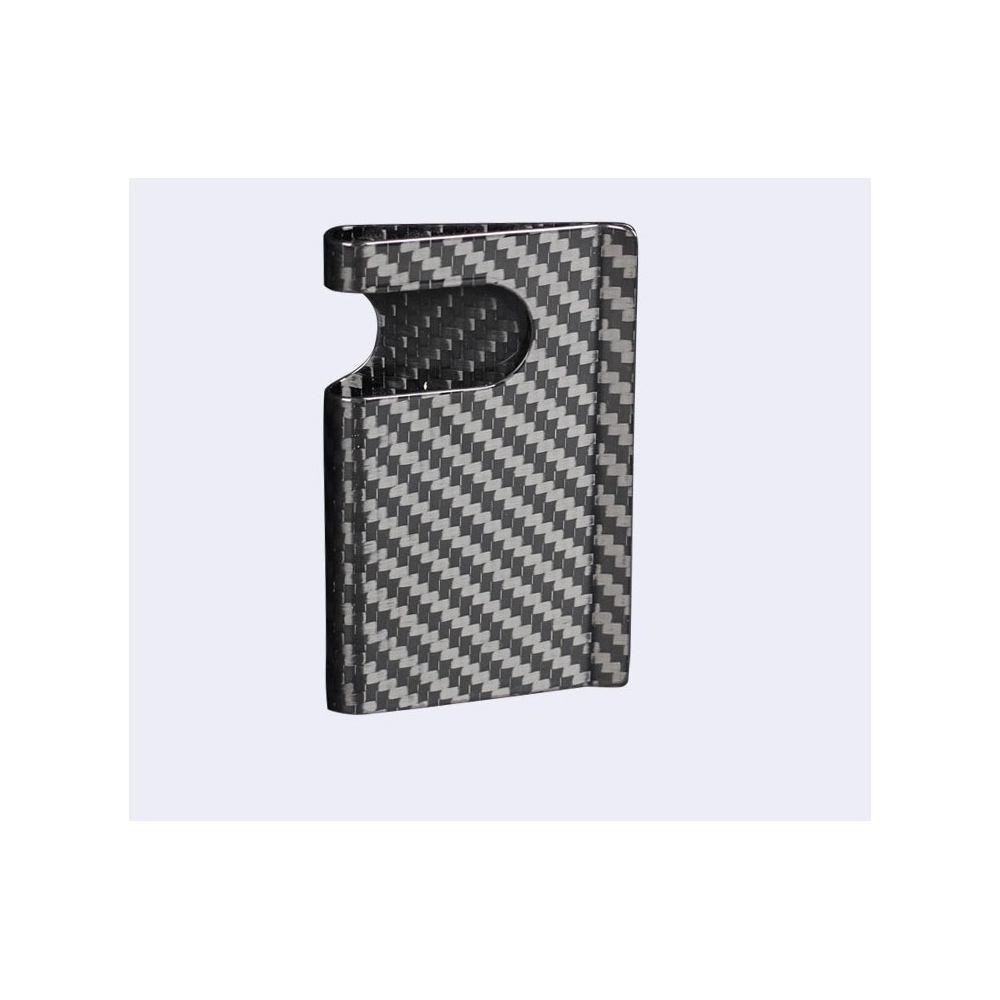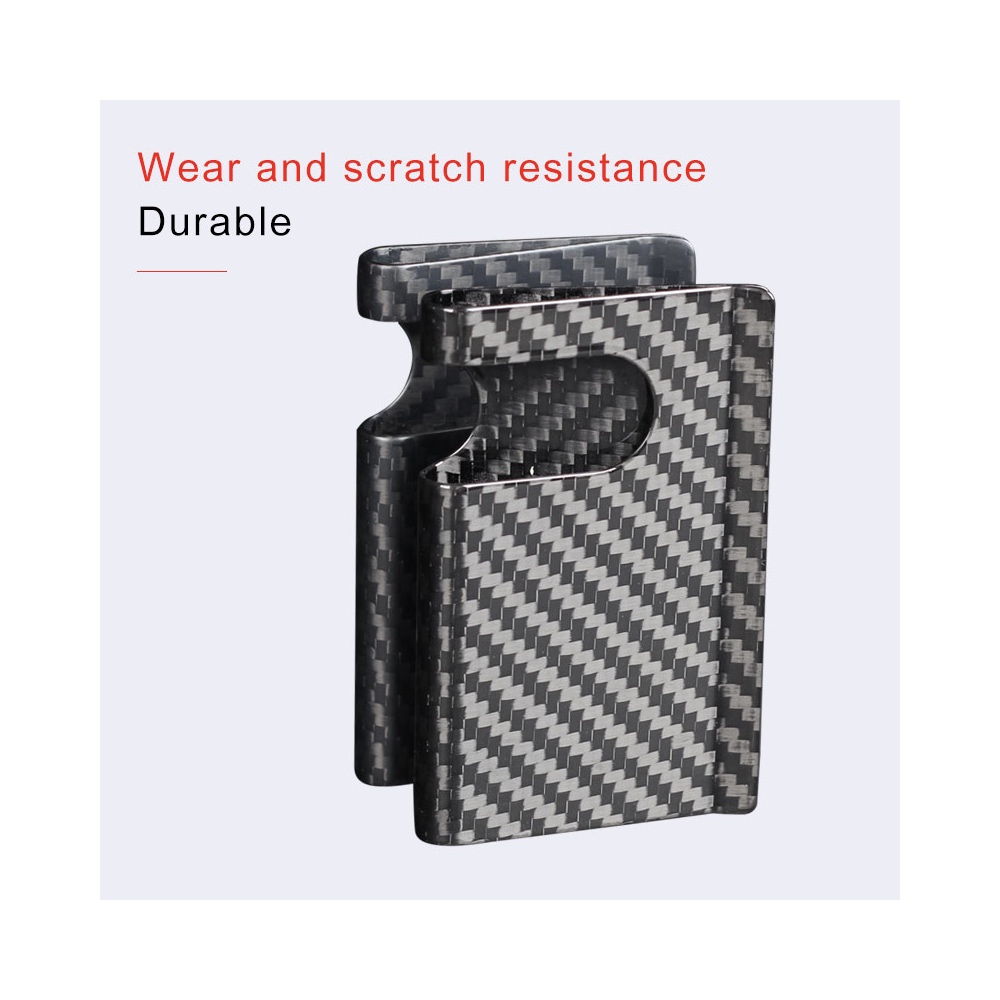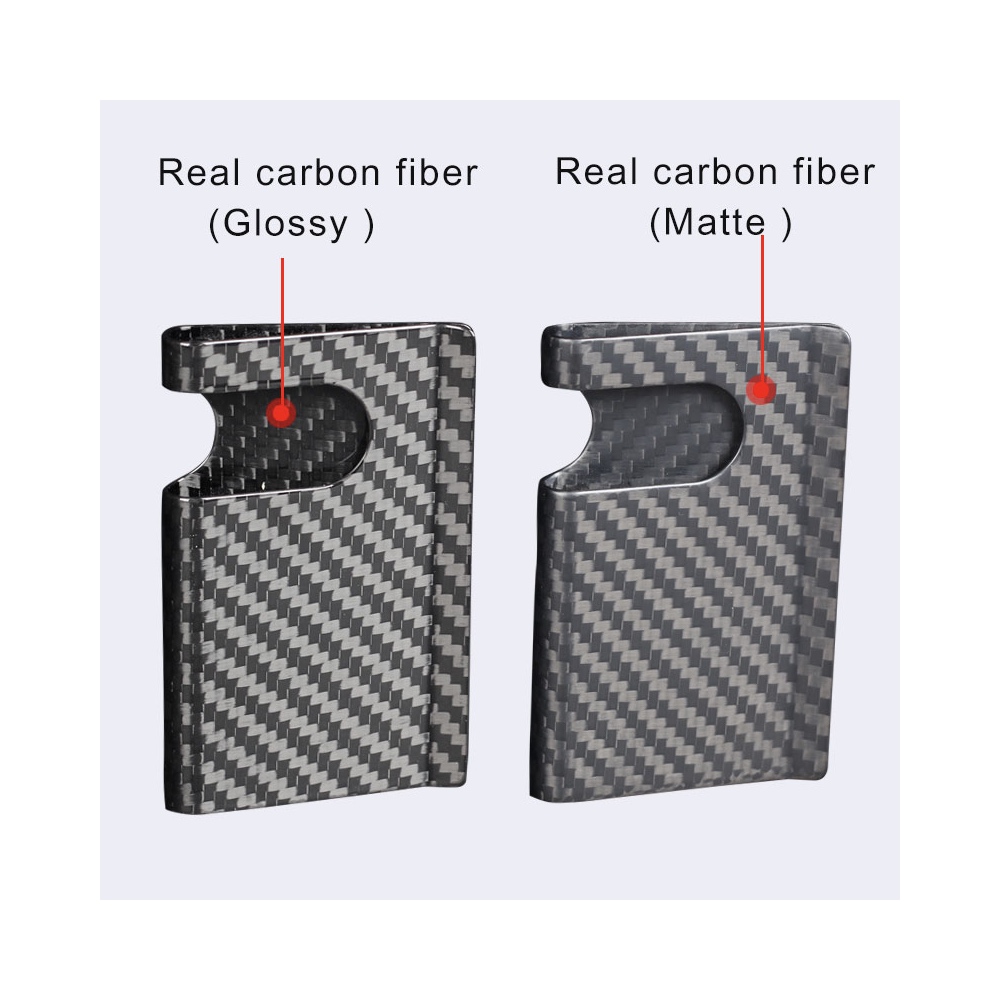The standard lags the current national standard on the residual solvent content of flexible packaging composite products, which was formulated in GB / T10005 more than 10 years ago. The standard stipulates that the total solvent residue of the product after compounding cannot exceed 10 mg / m2, including both benzene, alcohol, ester, ketone and other solvents remaining during printing, as well as ester solvents remaining during compounding. And according to the gas chromatograph record, it also includes all the gases generated by the solvent during the chemical reaction. At the same time, GB / MS 0005 also limits the residual amount of benzene solvents to not exceed 3mg / m2. If this recommended standard is upgraded to be mandatory, it will greatly promote the safety of flexible packaging products. At present, there is still a big gap between China's standards and other countries. According to relevant parties, the European limit for isopropyl alcohol, ethyl acetate and other solvents is 5 mg / m2, and Japan is 3 mg / m2; the US limit for toluene is 2 mg / m2. Compared with China ’s domestic standards, Many advanced. Because flexible packaging products generally use gravure in-printing and then dry lamination or casting lamination, the national standard only stipulates the 'upper limit of the final product solvent residue, but does not involve the solvent residue in the printing stage. The author consulted the surface printing ink standards and printing ink standards, which stipulate that the residual amount of solvent does not exceed 30mg / m2. Compared with national standards and industry standards, these ink standards are indeed too lagging. Out of the organic compound production process in the printing compound production of plastic film, this involves the gas concentration permission of the production environment. The author understands that the design and hygiene standards of industrial enterprises under the Ministry of Health currently in force stipulate that the maximum allowable concentration of harmful substances in the workshop air is: benzene 40mg / m3, toluene 100mg / m3, xylene 100mg / m3, ethyl acetate 300mg / m3, butyl acetate 300rug / m3. It is understood that the standards of the former Soviet Union stipulated that toluene and xylene should not exceed 50 mg / m3, ethyl acetate should not exceed 200 mg / m3, and butyl acetate should not exceed 200 mg / m3. The United States sets standards based on volume concentration values ​​(ppm), which specifies that toluene and xylene do not exceed 100 ppm, butanone does not exceed 200 ppm, ethyl acetate exceeds 4 ppm, and butyl acetate does not exceed 150 ppm. According to the author's previous long-term experience in the flexible packaging industry, environmental requirements are critical to the control of solvent residues during the production of flexible packaging. When the ambient temperature and humidity are high and the air pressure is low, even close to the critical parameter is still dangerous. Some flexible packaging factories have gravure printing, dry lamination, and bag-making processes in an undivided location. The gas concentration in the environment is relatively high, and the exhaust gas cannot be discharged. It is also one of the important reasons for this consequence. Said gas chromatograph testing standards and product sampling standards. The difference between the plastic bags that have been exposed to the environment for a long time and the plastic bags that have just been unsealed is very large. Similarly, the sampling location of the coiled product is closely related to the final inspection data. The author has learned that Coca-Cola's approach is to use a saw to remove 100mm of the product film roll with a diameter of 600mm in the diameter direction, peel off the outer layer and take samples for testing. Therefore, the adjustment of the new standard will inevitably affect the formulation of a series of other related testing standards. Several difficulties in the gravure printing process Under normal conditions, it should not be difficult for the traditional gravure printing process to meet the above requirements. However, because there are many influencing factors in the production process, it brings certain difficulties to control the solvent residue. 1. The cavity of the gravure electronic engraving gravure is generally a pyramid, the depth of the cavity is 50Um-60Um, and the ink at the bottom of the pyramid cell is difficult to transfer out during the printing process due to the shape of the shadow. The actual depth of the cell is generally at 30Um—40um. Over time, plate jamming is prone to occur, especially small holes in highlight areas are more prone to blockage, resulting in the loss of small dots on printed products. Although such problems can be alleviated or reduced by adjusting the position of the scraper or hot air in the drying oven, it does not always work. Therefore, many operators have to adopt the method of adding slow-drying solvents (such as xylene, butanone, butyl ester, etc.) to the ink. These slow-drying solvents have a high boiling point, and it is necessary to grasp the amount of addition, otherwise it may bury the solvent residue and consider hidden dangers. 2. Ink gravure inks are mainly solvent-based inks. Although gravure inks have appeared on the domestic market in recent years, they have not become mainstream inks. Solvent-based inks are divided into benzene and non-benzene, and benzene inks are being phased out. Various solvents used in solvent-based gravure inks can form toxic and harmful emissions. Commonly used resins for gravure inks are polyamide, polyvinyl butyral, chlorinated polypropylene, polyester, etc. Different resins have different release properties to solvents. Some resins have poor release properties to solvents, but they have good printability and relatively cheap prices, and often become mainstream products. However, flexible packaging printing plants are also prone to solvent residue problems when printing flexible packaging products using this ink. During the printing process, in order to avoid the loss of small dots or the phenomenon of "false drying" of the ink, the temperature of the drying box cannot be set too high. In addition, the last group of printing units of the gravure printing machine is too close to the winding unit, so that the printed film can be wound without drying the ink, which is also a great hidden danger of solvent residue. For this reason, the position of the winding part should be adjusted. The gravure press I used before did not rewind immediately after printing the last color; instead, it passed through the guide roller and returned to the position in front of the first color group, which increased a long drying distance so that the solvent could Fully volatilize and minimize the amount of residual solvent. 4. Dry compounding During dry compounding, the amount of glue applied, drying temperature, compounding speed, compound machine exhaust volume, waste discharge system, etc., will affect the amount of residual solvent in the compound product. However, it is not easy to solve this problem completely. If the residual solvent in the printing stage is not solved, the dry compound control is no better, but it does not help. To change the way of thinking Most plastic flexible packaging for food and medicine in the European countries adopts flexographic printing and solvent-free composite processes, while China uses gravure and dry composite processes. The author has listed some difficulties in the control of solvent residues in the compound of traditional garden printing and dry method. It is also possible to completely solve the problem of excessive solvent residues by adjusting and improving the production process. However, if we change our thinking and draw on the successful experience of European and American countries, what will be the result? China has also promoted plastic film flexographic printing methods a few years ago, and all are promoted and applied in accordance with foreign processes. However, because of the inferior gravure in fine dots and layer reproduction, many users cannot accept it. money clip Chongqing Sungrace International Trading Co.,Ltd , https://www.sungracetrading.com



